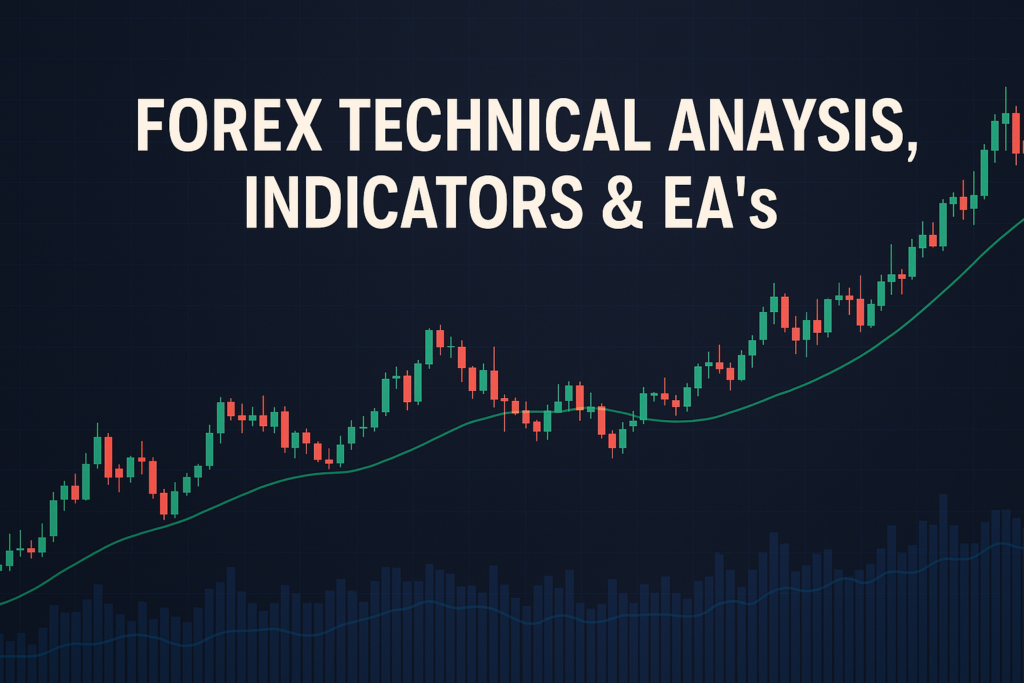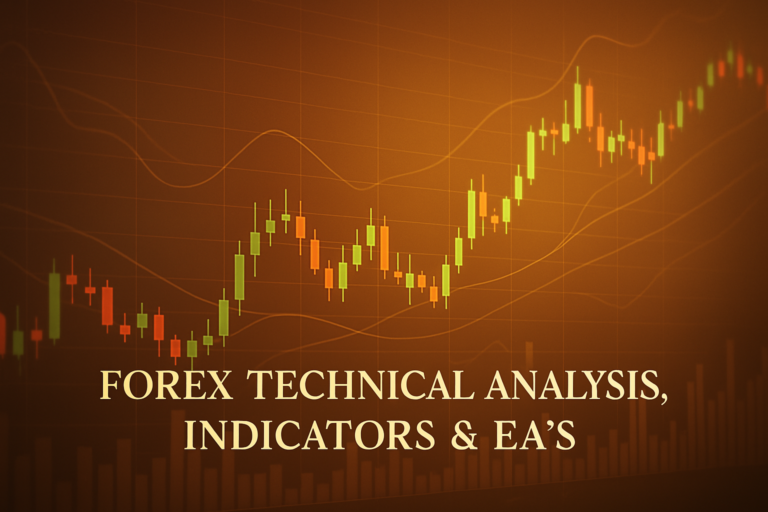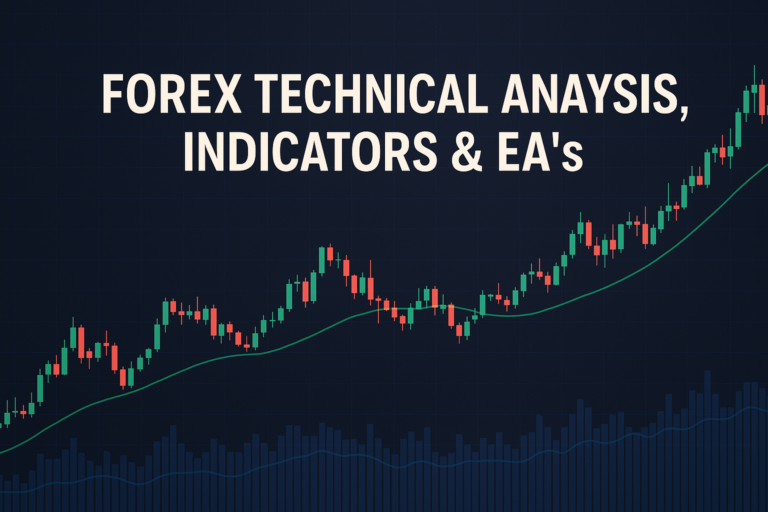
Moving average channel: A powerful tool for identifying trends and enhancing Forex trading strategies.
The moving average channel is a powerful tool in Forex trading that helps traders identify trends and make informed decisions. It consists of two lines: a moving average line and parallel lines that create a channel. When the price moves within this channel, it can indicate potential buy and sell opportunities.
However, many traders, both beginners and professionals, struggle to use the moving average channel effectively. They may find it challenging to interpret the signals and apply them in real-time trading. Understanding the moving average channel is crucial for traders who wish to enhance their strategies and improve their chances of success in the Forex market.
This article will break down the moving average channel, its history, its advantages and disadvantages, how to apply it on trading platforms, and various strategies for using it effectively.
The RSI indicator signals are also vital in Forex trading. They help traders gauge market momentum and identify potential reversal points. For more insights, check out our article on RSI indicator signals.
What is a moving average channel?
The moving average channel is like a safety net for traders. Imagine you are walking on a tightrope, and the moving average channel is the safety rail on either side. It helps you see where the price is likely to go, making it easier to make buying or selling decisions.
Types of moving average channel
There are different types of moving averages that traders use to create channels. The most common ones are:
- Simple Moving Average (SMA): This averages the price over a specific period.
- Exponential Moving Average (EMA): This gives more weight to recent prices, making it more responsive.
- Weighted Moving Average (WMA): This assigns different weights to prices to reflect their importance.
How moving average channel smooths out price action
The moving average channel smooths out price movements, reducing the noise in the market. It helps traders focus on the overall trend rather than getting lost in daily fluctuations. For instance, if a currency pair is moving upwards, the moving average channel will show this trend clearly, allowing traders to make better decisions.
Common periods used and why
Traders often use different periods for moving averages based on their trading style. Common periods include:
- Short-Term (5-20 days): Good for day trading and quick trades.
- Medium-Term (20-50 days): Suitable for swing traders looking for medium-term trends.
- Long-Term (50-200 days): Ideal for long-term investors who want to capture larger trends.
The History of moving average channel: How It Became Popular
Origin of moving average channel
The moving average channel has been around for decades. It was created by traders who wanted a simple way to analyze price trends. By averaging prices over time, they could see the overall direction of the market.
When did traders start using it widely?
Real-life stories
Many professional traders have credited the moving average channel with helping them make fortunes. For example, a trader might have noticed a consistent upward movement in a currency pair using the channel and decided to buy, leading to substantial profits as the trend continued.
Advantages and Disadvantages of moving average channel
Advantages:
- Helps identify trends easily: The moving average channel clearly shows whether the market is trending up or down.
- Useful for dynamic support and resistance: The channel lines often act as support and resistance levels.
- Works well for crossover strategies: When the price crosses the moving average line, it can signal a buy or sell opportunity.
Disadvantages:
- lags behind price movements: Since the moving average is based on past prices, it may not react quickly to sudden market changes.
- Can give false signals in sideways markets: In a ranging market, the moving average channel may produce misleading buy or sell signals.
How to Apply moving average channel on MT4 & MT5
Step-by-step guide to adding moving average channel on charts
To apply the moving average channel on MT4 or MT5, follow these simple steps:
- Open your trading platform and select the currency pair you want to analyze.
- Go to the “Insert” menu, choose “Indicators,” and then select “Trend” and “Moving Average.”
- Adjust the settings according to your preferences (period, type, and color).
Customizing moving average channel settings
You can customize the moving average channel settings to fit your trading style. For example, if you prefer quick trades, you might use a shorter period. If you are looking at long-term trends, a longer period may work better.
Saving templates for easy application
Once you’ve customized your moving average channel, save the template. This way, you can easily apply the same settings to other charts in the future, saving you time.
5 to 7 Trading Strategies Using Only moving average channel
1. All-Time Frame Strategy (M5 to D1)
This strategy works on all time frames. Look for trends using the moving average channel. If the price is above the channel, consider buying. If it’s below, think about selling.
2. Trending Strategies
In a strong trend, use the moving average channel to identify the direction. Buy when the price touches the lower channel line in an uptrend, and sell when it touches the upper line in a downtrend.
3. Counter Trade Strategies
In a sideways market, you can counter trade. If the price touches the upper channel line, consider selling. If it touches the lower line, consider buying.
4. Swing Trades Strategies
Use the moving average channel to find swing trade opportunities. Buy when the price crosses above the moving average in an uptrend, and sell when it crosses below in a downtrend.
5 to 7 Trading Strategies Combining moving average channel with Other Indicators
1. All-Time Frame Strategy (M5 to D1)
Combine the moving average channel with the RSI indicator. Buy when the price is above the upper channel line and the RSI is below 30. Sell when the price is below the lower channel line and the RSI is above 70.
2. Trending Strategies
Use the moving average channel with MACD. Buy when the MACD crosses above the signal line while the price is above the moving average channel. Sell when it crosses below while the price is below the channel.
3. Counter Trade Strategies
Combine the moving average channel with Bollinger Bands. Sell when the price touches the upper Bollinger Band and the upper channel line. Buy when it touches the lower Bollinger Band and the lower channel line.
4. Swing Trades Strategies
Use the moving average channel with Stochastic Oscillator. Buy when the Stochastic is below 20 and the price is at the lower channel line. Sell when the Stochastic is above 80 and the price is at the upper channel line.
The exp moving average is another useful indicator to enhance your trading strategies.
Top 10 FAQs About moving average channel
1. What is a moving average channel?
A moving average channel is a technical tool that consists of a moving average line and two parallel lines that form a channel around it.
2. How do I calculate the moving average channel?
To calculate it, determine the moving average and add/subtract a set number of pips to create the channel lines.
3. What is the best moving average for Forex?
There is no single best moving average; it depends on your trading style. Shorter periods are better for quick trades, while longer ones suit long-term trading.
4. Can I use moving average channels for all currency pairs?
Yes, moving average channels can be applied to any currency pair, but their effectiveness may vary.
5. What time frame is best for moving average channels?
It depends on your strategy. Day traders may prefer shorter time frames, while swing traders may choose longer ones.
6. How do I find support and resistance levels using moving average channels?
The channel lines often act as dynamic support and resistance levels. Price bouncing off these lines can indicate strong levels.
7. Can moving average channels predict market reversals?
They can indicate potential reversals, especially when price approaches the channel lines, but they should be used with caution.
8. How do I know if I should buy or sell using the moving average channel?
Generally, buy when the price is above the channel and sell when it is below. However, additional indicators can confirm these signals.
9. Do moving average channels work in trending markets?
Yes, they are particularly effective in trending markets, helping traders identify the direction and strength of the trend.
10. Should I rely solely on moving average channels?
While they are useful, it’s best to combine them with other indicators to confirm signals and reduce false positives.
Conclusion
In summary, the moving average channel is a valuable tool for traders looking to navigate the Forex market. By understanding its principles and applying effective strategies, you can improve your trading outcomes.
Remember to practice using the moving average channel and test various strategies on demo accounts before investing real money. With patience and practice, you can become a more confident trader.
Want to build a solid foundation in forex? Here’s a recommended read Investing.com, Action Forex
Expand Your Knowledge
- 📌 Forex Trading Learning Road Map
- 📌 Forex Trading Course with no Fees
- 📌 Forex Trading Issues, Problems, and Solutions
- 📌 Forex Daily Forecast & Live Updates
- 📌 Forex Fundamental & News Analysis: Tomorrow’s Market Movers & Trade Opportunities
- 📌 Forex Education Hub: Learn & Profit
- 📌 Forex Technical Analysis, Indicators & EA’s
Start Trading Today
Ready to take your forex trading to the next level? Open an account with Exness, one of the most trusted platforms in the industry. 👉 Sign Up Now and trade with confidence!
My recommended broker stands out with ultra-low spreads for beginners, instant withdrawals, and zero spread accounts for pro traders.
Trusted since 2008, lightning-fast execution, no hidden fees, and a secure, transparent trading environment—giving you the edge you need to succeed. 🚀
YouTube Video Library: Related Videos
Note: The video above is embedded from YouTube and is the property of its original creator. We do not own or take responsibility for the content or opinions expressed in the video.



